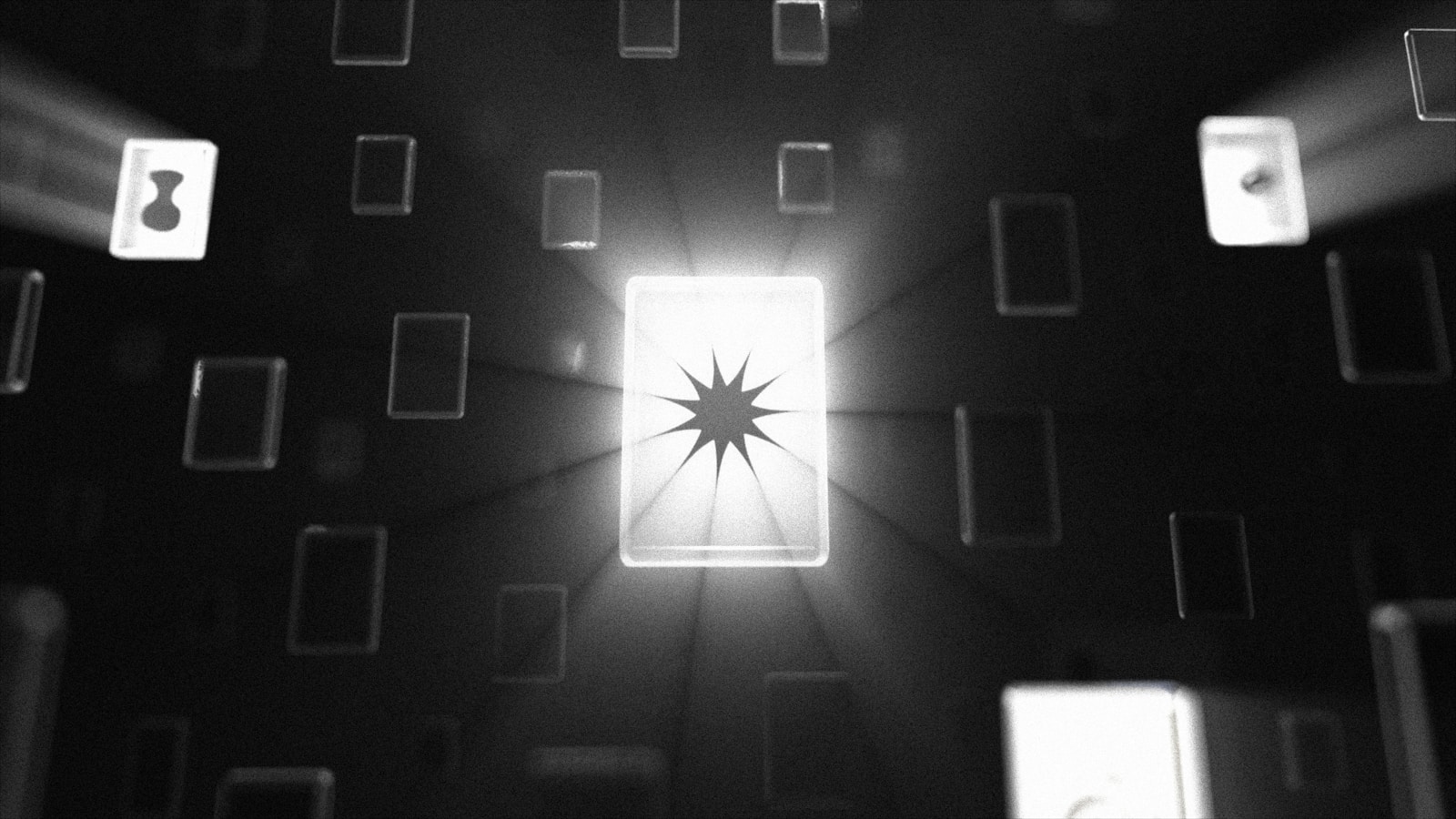Organise, revisit, and build on your thinking
When you’re working on something complex — a strategy paper, a presentation, a research idea — you don’t just need ideas.
You need structure.
You need continuity.
You need a way to return to and build on your thinking over time.
That’s exactly what ChatGPT’s Projects feature enables.
Why Projects Matter
Most people treat ChatGPT like a one-off assistant:
Ask a question → get an answer → move on.
But real work doesn’t happen in one sitting.
It evolves over days or weeks. You think, revisit, revise, and refine.
Projects let you treat ChatGPT as a thinking partner — not just a tool.
Inside a Project, you can:
-
-
Group related chats together
-
Return to your thinking across multiple sessions
-
Create a coherent thread of ideas, drafts, and decisions
-
It’s like a folder for your brain — and it changes how you collaborate with AI.
What You Can Do Inside a Project
Each Project becomes its own workspace. Inside it, you can create as many chats as you need — each one focused on a different facet of your work.
For example, if you’re preparing a leadership workshop:
-
-
Chat 1 – Context and Audience: Work out your objectives, key themes, tone
-
Chat 2 – Outline and Flow: Build the session structure
-
Chat 3 – Drafting Slides or Speaker Notes: Generate content
-
Chat 4 – Voice Mode Brainstorming: Capture spontaneous ideas in your voice
-
Chat 5 – Revisions: Iterate on language or timing
-
This separation creates clarity. Each chat becomes a building block — not a jumbled thread.
How to Use Projects Effectively
✅ Name your chats clearly
Don’t just rely on memory. Use names like:
-
-
“Executive Summary Draft v2”
-
“Feedback Synthesis – Research Interviews”
-
“Prompt Testing – CRAFT Examples”
-
Clear naming = faster thinking.
✅ Start each chat with a short summary
Each chat thread in a Project is still a standalone conversation — so even if you’re working on a broader theme, ChatGPT won’t automatically recall what you said in other chats unless you restate it.
Start each new chat with 1–2 lines of summary, like:
“This continues our work on the leadership strategy memo. We’ve already outlined the key themes and collected stakeholder feedback.”
This simple habit ensures better outputs and saves time in re-explaining.
Pro Tip: Treat every new chat as a fresh start — but give it a short handover note, just like briefing a colleague.
Want to understand how memory works across different AI tools?
Check out our post: Understanding Memory in ChatGPT →
It explains how memory differs from chat history — and why most other AI tools don’t have it at all.
✅ Use each chat for a specific purpose
Don’t try to do everything in one thread. Structure your Project like a set of working notes: reflection here, drafting there, experiments somewhere else.
This builds a rhythm that mirrors how you actually think.
Use Projects to Support Other Practices
Projects are especially useful when paired with other tools from this suite:
-
CRAFT Prompting → Keep a running chat for prompt design, test runs, and revisions
-
Voice Mode → Use Projects to group your spoken idea capture by topic
-
Custom GPTs → Store your outputs and refinements in one place
-
AI Workflows → Treat each step in your workflow as its own chat (e.g. data gathering, sense-making, output generation)
Instead of jumping between disconnected chats, you’ll have a map of your thinking — all in one place.
Suggested Project Types
Here are a few ways to start using Projects:
| Project Type | Why It Works |
|---|---|
| Research Project | Store data, analysis, summaries, and reflection in one place |
| Presentation Development | Separate chats for structure, slides, storytelling, and edits |
| Client Briefing Pack | Build case insights, talking points, and response scenarios |
| Strategy or Policy Paper | Explore, refine, and redraft across multiple focused chats |
| Personal Learning Journal | Capture lessons, articles, quotes, and reflections by theme |
You’re not just organising your chats — you’re structuring your thinking.
Structure Your Thinking, Strengthen Your Output
To revisit, not just react. To make your AI partnership more focused, fluid, and effective.
Don’t just ask for answers.
Build a body of thinking.
Suggested Next Step
Start a new Project for something you’re working on right now — strategy, writing, research, teaching.
Give each chat a clear name and purpose.
And see what happens when you make structure part of your process.





0 Comments